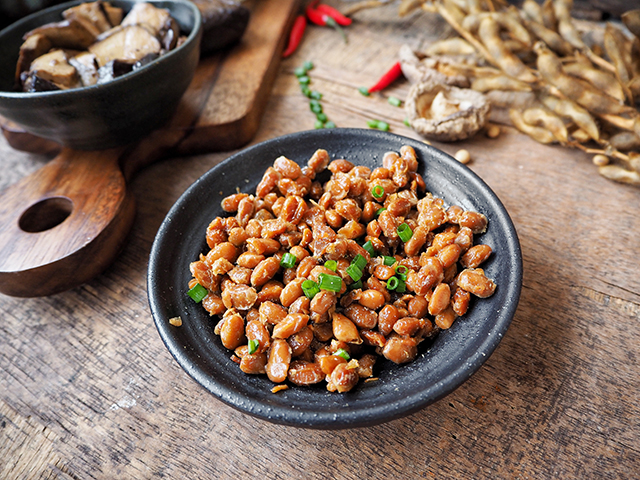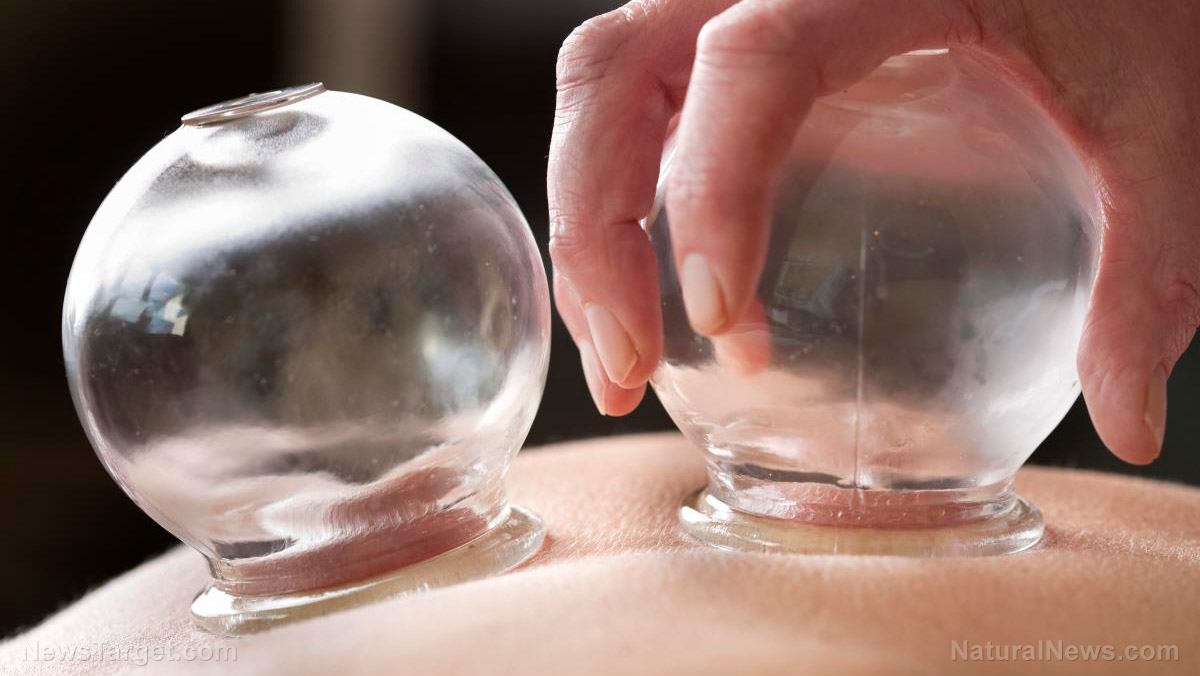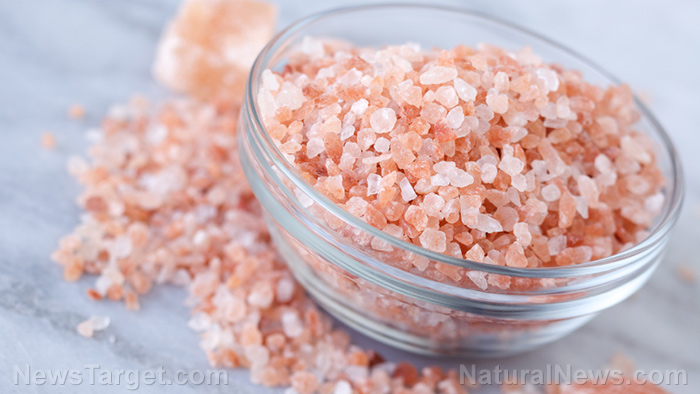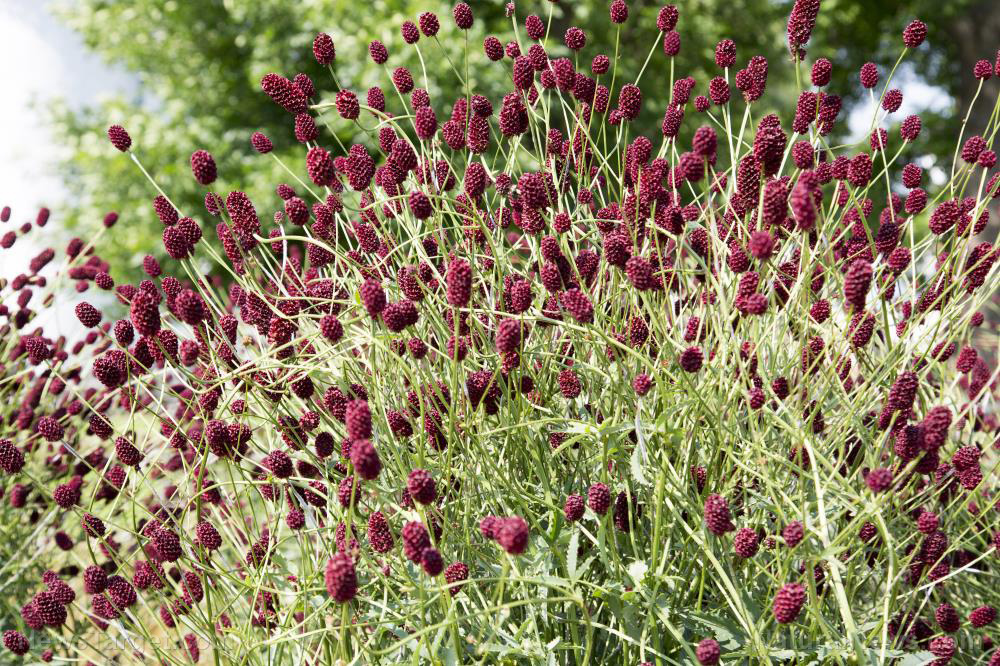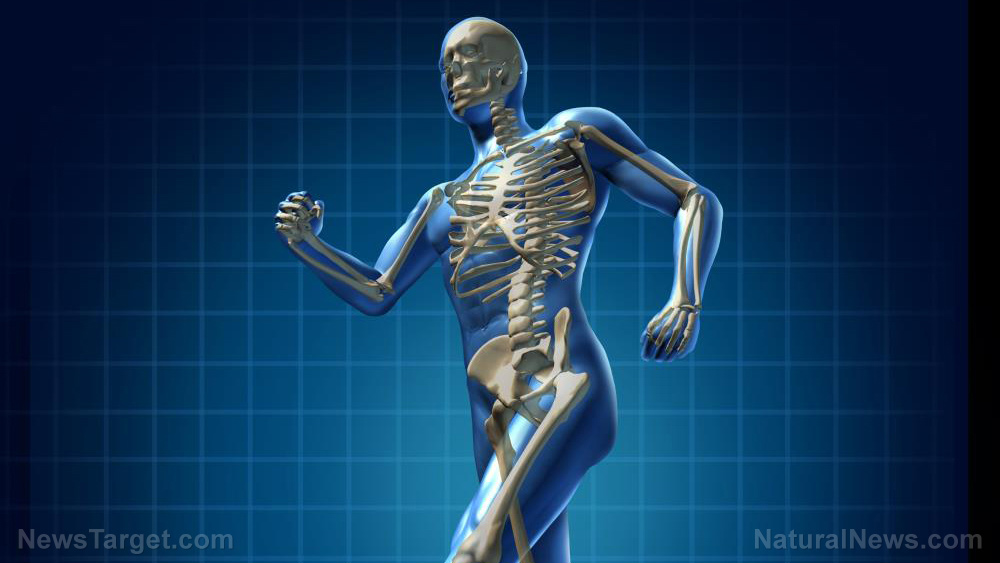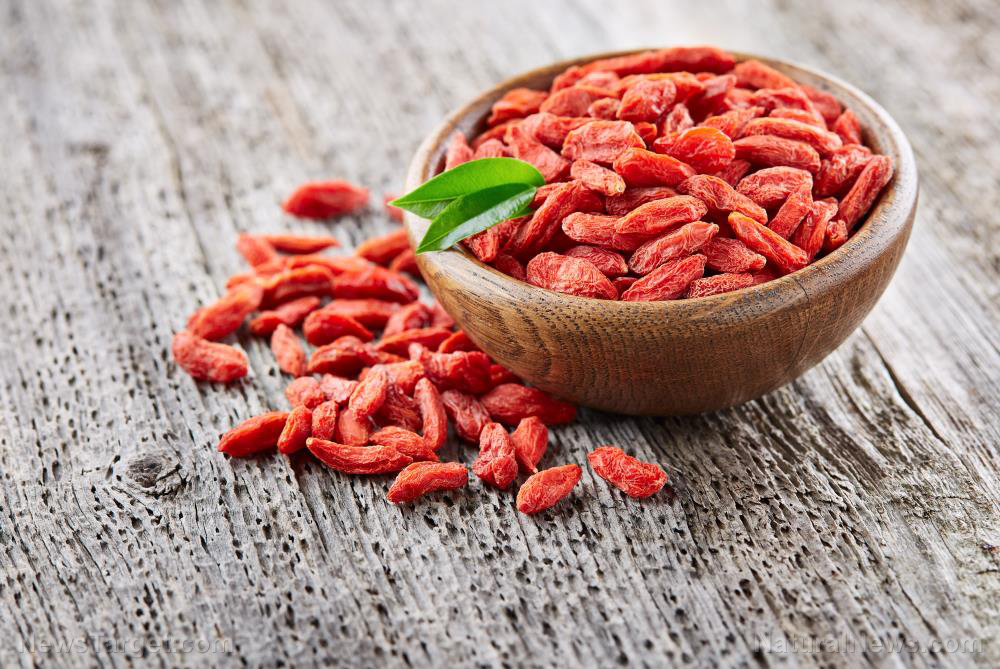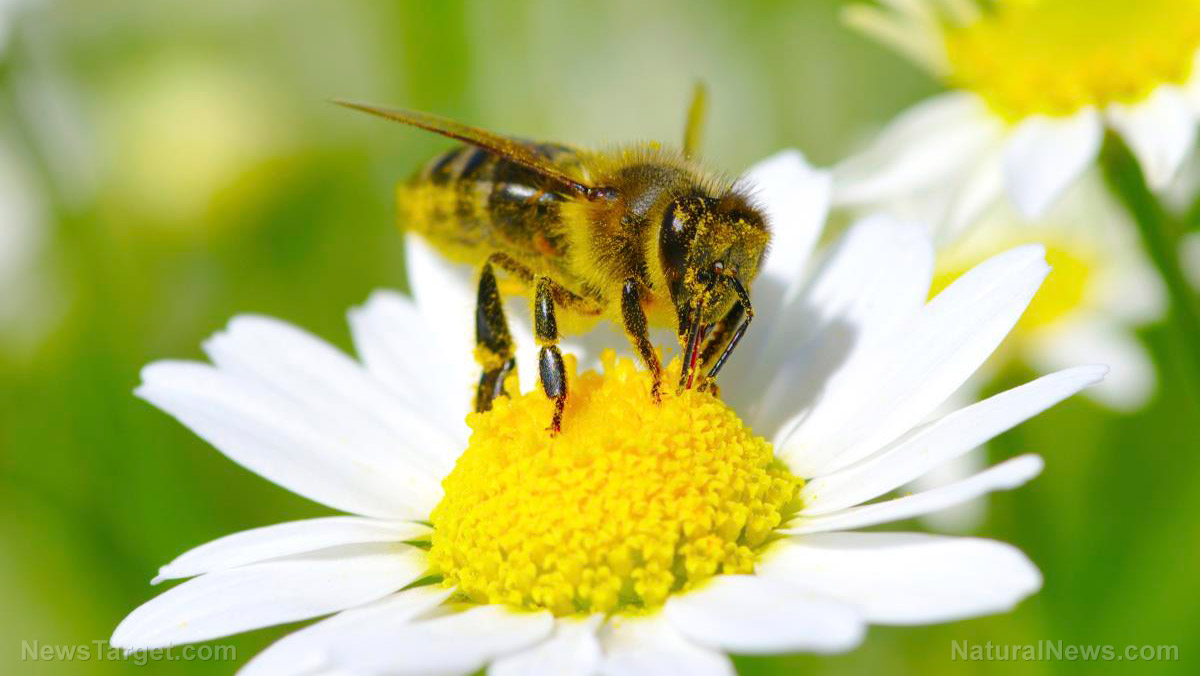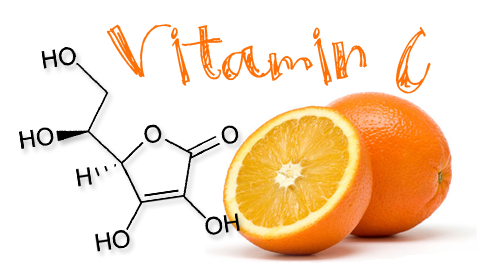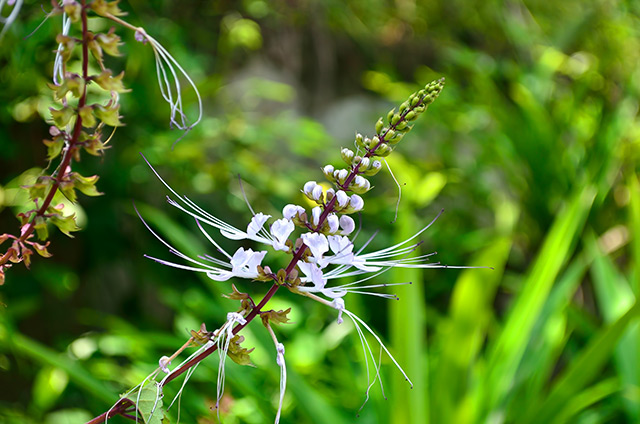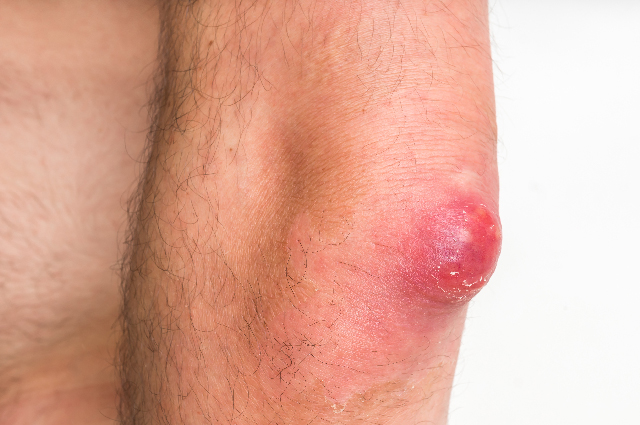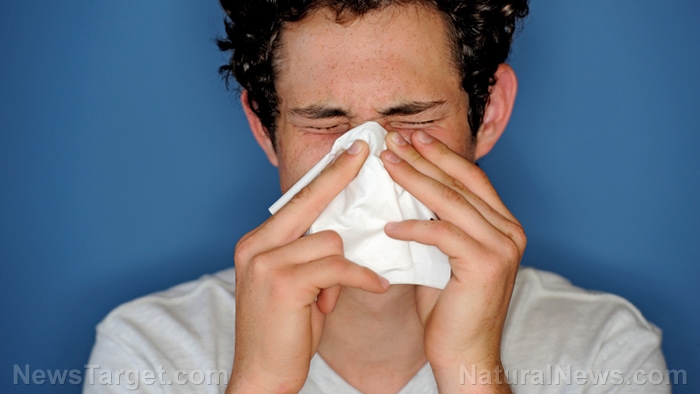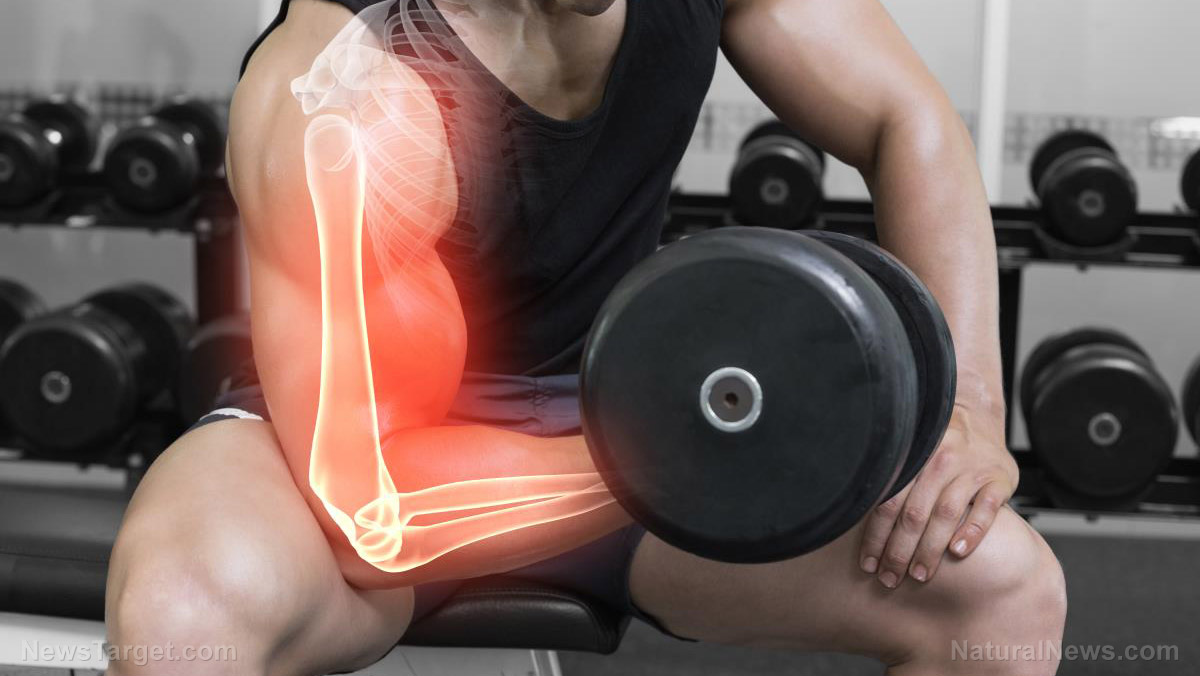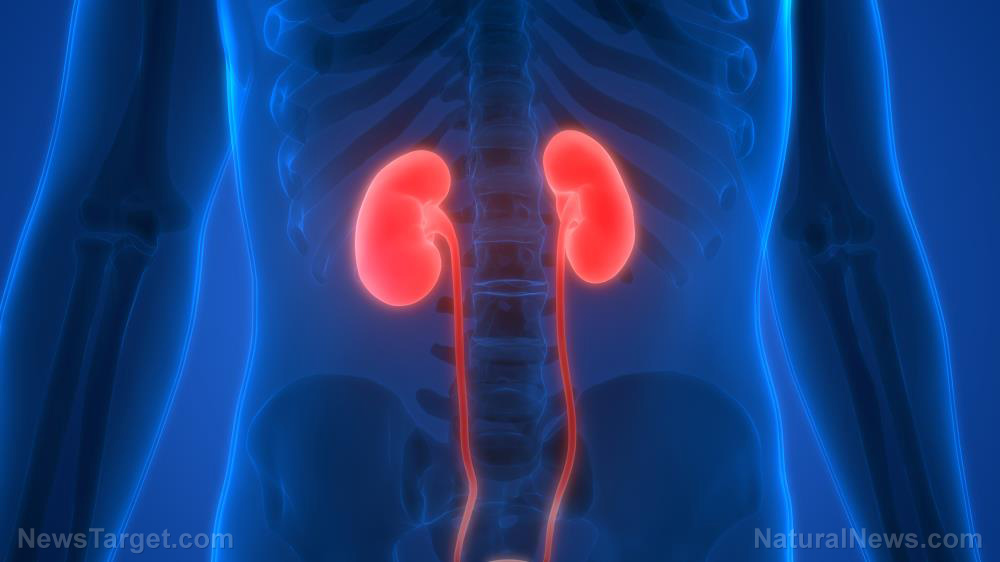Study: The henna plant has strong hepatoprotective potential
07/19/2018 / By Michelle Simmons

Researchers at Guru Nanak Dev University in India has found that the henna plant (Lawsonia inermis) possesses powerful protective properties against liver damage. The study, published in BMC Complementary and Alternative Medicine, investigated the antioxidant and hepatoprotective properties of henna leaves in mice with chemically-induced liver damage.
- In the study, the researchers assessed the antioxidant properties of henna leaves.
- The researchers examined the hepatoprotective properties of butanolic henna leaf extracts in mice with induced liver damage.
- For 15 days, three doses of the henna leaf extracts were administered: 100 milligrams per kilogram (mg/kg) body weight; 200 mg/kg body weight; and 400 mg/kg body weight.
- The henna extracts exhibited effective antioxidant activities, prevented lipid peroxidation, and reduced ferric ion activity.
- All three doses of the henna extract treatment administered in mice exhibited protective effects by reducing levels of liver damage or liver disease parameters, such as serum glutamic oxaloacetic transaminase (SGOT), serum glutamic pyruvic transaminase (SGPT), and alkaline phosphatase (ALP), as well as lipid peroxidation, a key marker of oxidative stress.
- In addition, the treatment also restored the normal liver structure.
- The protective effects of the henna plant can be attributed to the different polyphenolic phytochemicals present in its extracts.
The findings of the study indicated that the phytoconstituents of the henna plant contain potential protective abilities against liver damage by suppressing radicals and lipid peroxidation.
Read the full text of the study at this link.
To read more studies and stories on natural cures, visit Cures.news today.
Journal Reference:
Kumar M, Kaur P, Chandel M, Singh AP, Jain A, Kaur S. ANTIOXIDANT AND HEPATOPROTECTIVE POTENTIAL OF LAWSONIA INERMIS L. LEAVES AGAINST 2-ACETYLAMINOFLUORENE INDUCED HEPATIC DAMAGE IN MALE WISTAR RATS. BMC Complementary and Alternative Medicine. 2017; 17(56). DOI: 10.1186/s12906-017-1567-9
Tagged Under: alternative medicine, Henna, henna extract, henna leaf extracts, henna leaves, henna plant, hepatoprotective effect, Herbs, Lawsonia inermis, liber protection, lid peroxidation, Liver, liver damage, liver health, natural cures, prevention, research

